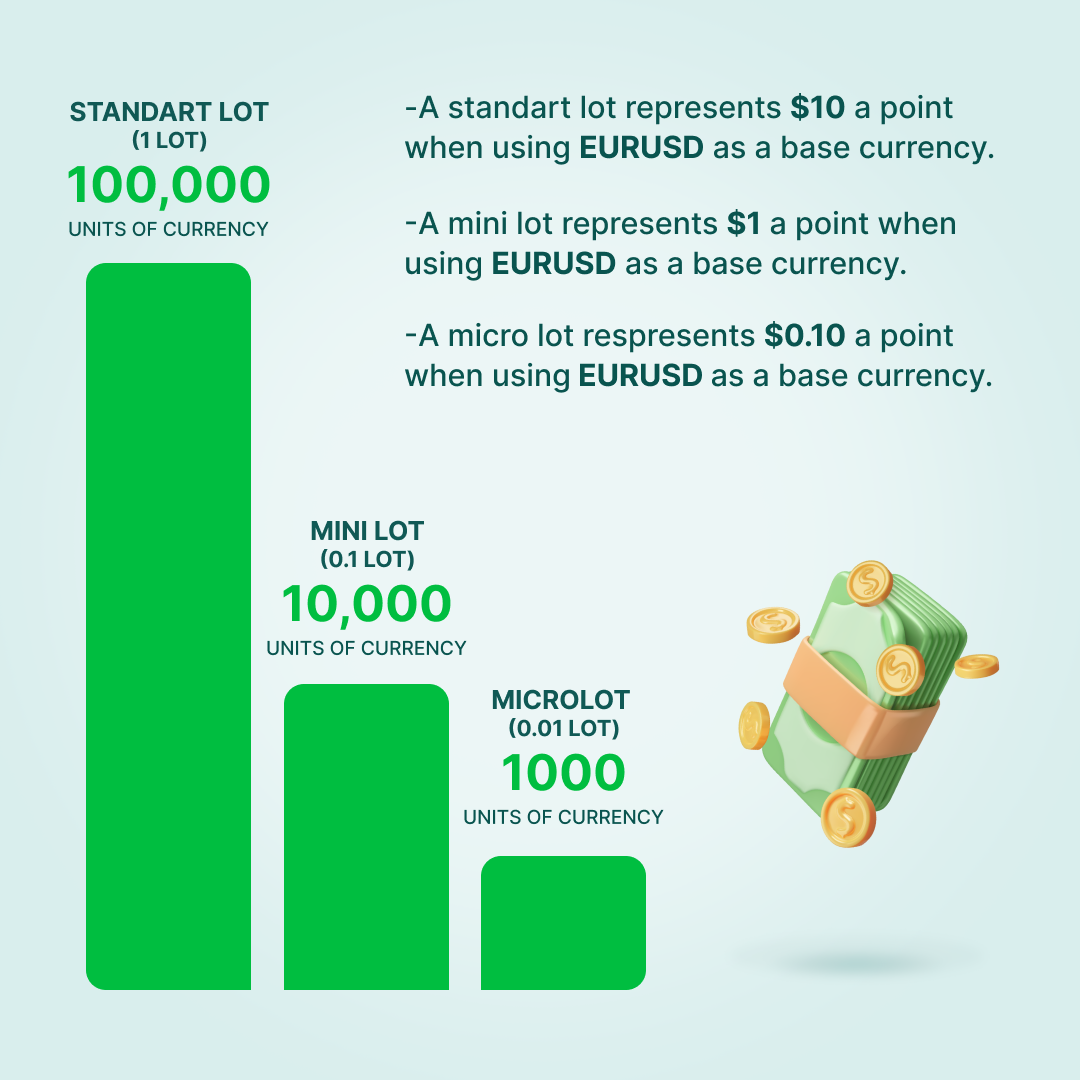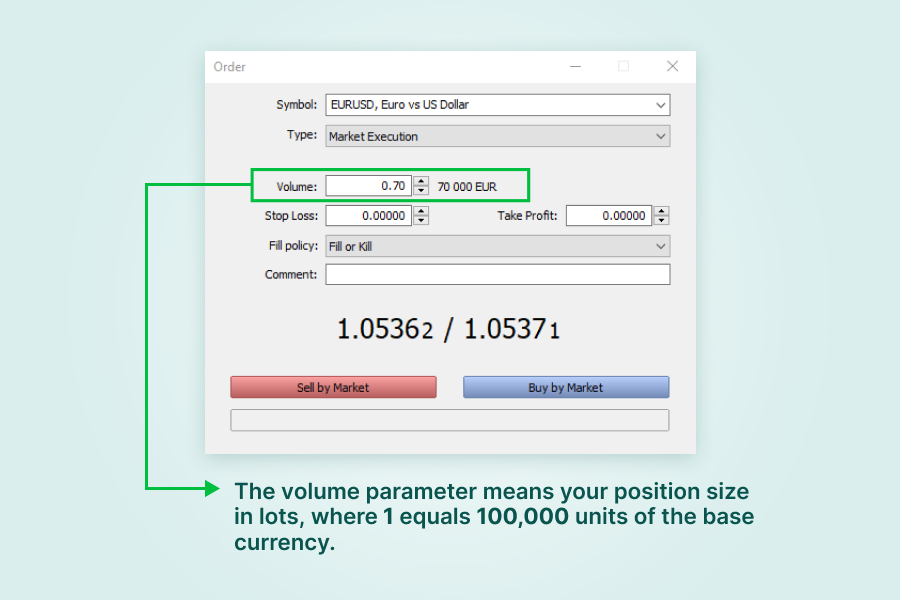
Bill Williams is the creator of some of the most popular market indicators: Awesome Oscillator, Fractals, Alligator, and Gator.

Don’t waste your time – keep track of how NFP affects the US dollar!
Data Collection Notice
We maintain a record of your data to run this website. By clicking the button, you agree to our Privacy Policy.

Beginner Forex Book
Your ultimate guide through the world of trading.
Check Your Inbox!
In our email, you will find the Forex 101 book. Just tap the button to get it!
Risk warning: ᏟᖴᎠs are complex instruments and come with a high risk of losing money rapidly due to leverage.
71.43% of retail investor accounts lose money when trading ᏟᖴᎠs with this provider.
You should consider whether you understand how ᏟᖴᎠs work and whether you can afford to take the high risk of losing your money.
2022-08-26 • Updated
Information is not investment advice
One of the most important elements of successful Forex trading is money management. Structuring a trading plan without sensible money management can seriously impact a trader's profit and potentially lead to a significant loss. In this article, we’ll discuss all the aspects of lots and how to choose them.
A lot in Forex trading is a unit of measure that standardizes the size of a trade. The change in the value of one currency compared to another is measured in points, which are the last decimal places and, therefore, very small. This means that trading in one unit is not viable, which is why parties exist to allow people to trade these small movements in large quantities.
The lot value is set by an exchange or similar market regulator, ensuring that everyone is trading a set amount and knows how much of an asset they are trading when they open a position.
Finding the lot size that best balances opportunity and risk is a very important individual decision. Using a tool like the Trading Calculator can help you refine your lot size decisions, but you should do so with your own risk tolerance and trading goals in mind.
That's why it's important to choose the right lot size. A lot size which is too big will make the trade riskier and harder to hold. Lot sizes which are too small may not generate enough potential profit to be worthwhile.
Lots are categorized into four sizes - standard, mini, micro, and nano - to give traders more control over the amount of risk exposure. The size of the trading lot directly affects how much market movement affects your accounts. For example, a 100-point move on a small trade will not feel as strong as the same 100 points move on a very large trade. Most traders in the Forex market typically trade micro and mini lots.
Nano is the smallest one. It has 100 points. However, this type of lot isn’t widespread, and FBS doesn’t have it as an option.
Micro lots are the lowest value lots that most brokers can trade. It contains 1000 units of the currency with which your account is replenished. Assuming your account is using US dollars as funding, a micro lot will be worth $1,000. Let's say you are trading a dollar-based pair, which means 1 cent would be a point. Micro lots are recommended for beginners as you can minimize your risk while trading.
In addition to the micro-lot, there are also mini-lots, which are 10,000 units of the currency that replenishes your account. This is essentially 10 times larger than the Micro Lot. Let's say you're trading a dollar-based pair using US dollars as your account currency, then each point is equal to 10 cents. If you’re a beginner who intends to trade with mini lots, make sure you have enough capital because although 10 cents per point may seem small, the Forex market can move by 1000 points per day or even per hour. This means that if the trade goes against you, you will have to take a $100 loss. Of course, you decide how much you want to risk, but for comfortable trading, you must have at least $2,000 in your account.
Finally, a standard lot is a lot of 100,000 units. If you are using dollars, that means the trade is $100,000. Your account value will fluctuate by $1 for every point movement. Assuming you have $3,000 in your account, a 300-point move will cause a 10% change in your account balance. As a result, most traders with smaller accounts wouldn’t trade standard lots.

In Metatrader, lot size is also called volume. While opening the order you can regulate its size.

Now let’s talk about FBS’s tool that will save you time by calculating these things for you - the Trader's Calculator. Let's see how it works.
There are several fields you need to fill in: account type and currency. Select the trading instrument and lot size. The Bid and Ask prices are taken from the charts, but you can edit them if you consider trading at levels other than the current prices. Margin is the amount of money you need in your account to fund a trade. If the amount is too large or too small, you can try other lot sizes.
Information about the point’s value will help you evaluate the potential profit and risk in the trade you are planning: just multiply this parameter by the Take Profit and Stop Loss levels. Spread is the difference between the buy and sell price is also presented in points and USD or EUR.
Note that the calculator also provides you with Swap Long and Swap Short readings. A swap is a percentage fee that is either paid or charged to you at the end of each trading day if you leave your trade open overnight. The procedure for transferring open positions from one trading day to another is called rollover. If traders extend their positions for more than one day, they will deal with costs or gains, depending on the prevailing interest rates.
If you only trade intraday without rollovers, swaps shouldn’t bother you at all. Even if you keep a trade open for several days (up to 2 weeks) and trade one of the major Forex currencies, your swap profit/loss is likely to be small compared to the outcome of your trade (your profit or loss). As a result, many traders don’t pay attention to swaps.
Let’s illustrate everything that we’ve talked about with an example.
Let's imagine a trader, named Festus. He has just deposited $5,000 into his trading account and is ready to start trading. Let's say he is now using a swing trading system that trades EURUSD and that he is risking approximately 200 points on each trade.
Prior to this, Festus once lost money and after that, he vowed that he didn’t want to risk more than 1% of his account per trade. Let's calculate how big his position size needs to be to stay within his comfortable risk zone.
Using his account balance and the percentage he wants to risk, we can calculate the amount of risk in dollars.
$5,000 x 1% (or 0.01) = $50.
The ideal position size can be calculated using the formula:
Lots traded = amount at risk / (points at risk *point value)
In this case, at 10 000 units (or one mini lot), each point move is worth $0.1.
Lots traded = $50 / (200*$0.1) = 2.5
Thus, Festus needs to open a trade of 2.5 mini lots or less to stay within his comfort level with his current trading setup. Remember that 1 mini lot equals 0.1 standard lot. As a result, when Festus opens a new order in MetaTrader, he needs to type in ‘0.25’ as ‘Volume’. Otherwise, he would have taken too much risk.
Note: the US dollar is the quoted currency in many pairs (EURUSD, GBPUSD, etc.). This means that the exchange rate of the quoted currency against the US dollar is equal to 1.
For such pairs, one point will always be worth $1 when we trade:
A 100,000 unit contract (1 standard lot): 100,000 * 0.00001 / 1 = $1 (point value for EURUSD)
For pairs where the US dollar is the base currency (USDCHF, USDCAD), the point value depends on the exchange rate:
100,000 * 0.00001 / 1.0195 = $0.98 (USDCHF point value)
For Japanese yen pairs, the point value is calculated as follows:
100,000 * 0.001 / 120.65 = $0.828 (USDJPY point value).
Remember, that in fact, you don’t need to have a huge margin for 100,000 units to trade, because most likely you’ll trade with leverage.
Understanding lots and their sizes is a crucial element in effective Forex trading. Here is a reminder of what Forex lots are and why they are important:

Bill Williams is the creator of some of the most popular market indicators: Awesome Oscillator, Fractals, Alligator, and Gator.

Trend strategies are good - they may give significantly good results in any time frame and with any assets. The main idea of the ADX Trend-Based strategy is to try to catch the beginning of the trend.

Counter-trend strategies are always the most dangerous but also the most profitable. We are pleased to present an excellent counter-trend strategy for working in any market and with any assets.
Your request is accepted.
We will call you at the time interval that you chose
Next callback request for this phone number will be available in 00:30:00
If you have an urgent issue please contact us via
Live chat
Internal error. Please try again later